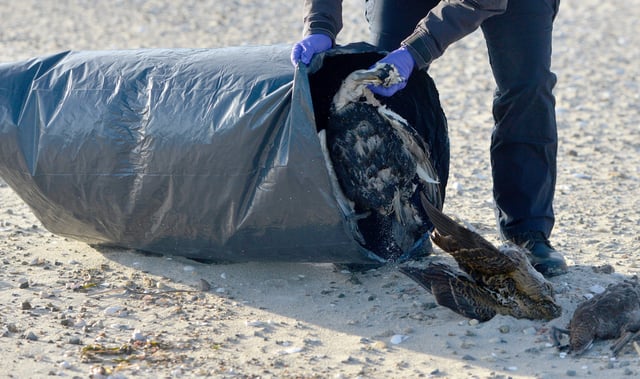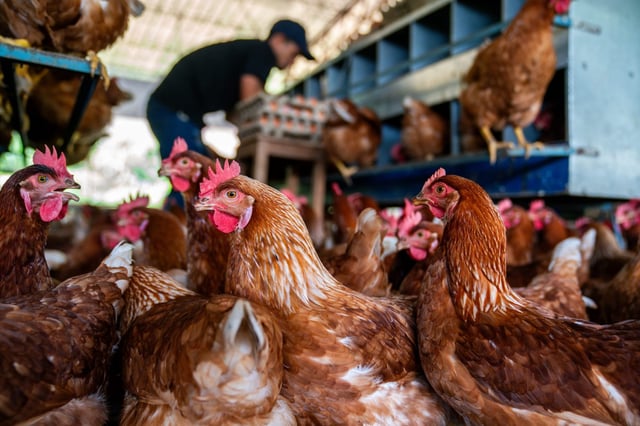Overview
- The H5N1 avian flu virus has spread widely among birds, mammals, and dairy cattle, with over 68 confirmed human cases in the U.S. since 2024, including one fatality.
- A CDC study found antibodies in three veterinarians who were asymptomatic, suggesting silent infections and gaps in surveillance systems.
- Two strains of the virus, B3.13 and the newly detected D1.1, have been recorded in dairy cattle, with D1.1 linked to more severe human cases, including one death in Louisiana.
- Public health officials emphasize the need for expanded testing and surveillance to track infections in animals and humans and prevent potential mutations or reassortments.
- Precautionary measures such as avoiding raw animal products, using protective equipment for farm workers, and monitoring pets are being recommended to reduce the risk of transmission.



